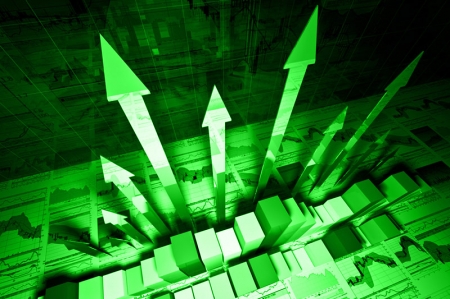Volatility skew refers to the observed pattern where implied volatility varies depending on the strike price of an option. Typically, in equity markets, out-of-the-money (OTM) put options exhibit higher implied volatility than at-the-money (ATM) or out-of-the-money call options. This phenomenon reflects market participants’ demand for protection against downside risks, as investors are willing to pay a premium for OTM puts to hedge against potential market declines. Understanding volatility skew is crucial for options pricing, hedging strategies, and identifying potential market inefficiencies.
Like volatility, skew can also be forecasted. Reference [1] examined whether skew forecasting models can enhance returns. The paper applied several forecast models to execute skew trades, including ATM straddles, strips, and straps. The authors pointed out,
This study examines the economic significance of using skewness forecasts in option trading. With Black–Scholes option prices both volatility and skewness trading strategies break even with respect to returns and Sharpe ratios at daily intervals, before including transaction costs. After transaction costs are factored in, all strategies result in significant losses. The skewness-based trades are, in general, less profitable compared to volatility trades. Further at weekly or monthly intervals, there is no clear supportive evidence for skewness trades, both before and after transaction costs…
The results indicate that a generalized option-pricing (Corrado & Su, 1996, 1997) model can generate better trading performance for strip and strap trades. The evidence further implies that a generalized option-pricing model, along with forward-looking IVs and conditional skewness forecasts, can generate a superior performance for skewness trades and help outperform the straddle trades.
In summary, skew forecast models, when combined with implied volatilities, can significantly improve the performance of skewness trades. However, trading costs substantially reduce the profitability.
We note that this article is dated, and since then, the index options market has expanded. Additionally, commissions have decreased, and liquidity has improved. It would be interesting to see the same study conducted on the present-day market.
Let us know what you think in the comments below or in the discussion forum.
References
[1] R Jha, M Kalimipalli, The economic significance of conditional skewness in index option markets, Journal of Futures Markets, 2010, 30, 378
Further questions
What's your question? Ask it in the discussion forum
Have an answer to the questions below? Post it here or in the forum

Bannockburn, Illinois, March 06, 2025 (GLOBE NEWSWIRE) — IPC, an electronics industry association dedicated to furthering the competitive excellence and financial success of more than 3,200 members worldwide, shared the following statement today on U.S. tariffs and their implications on the global electronics industry. This…



